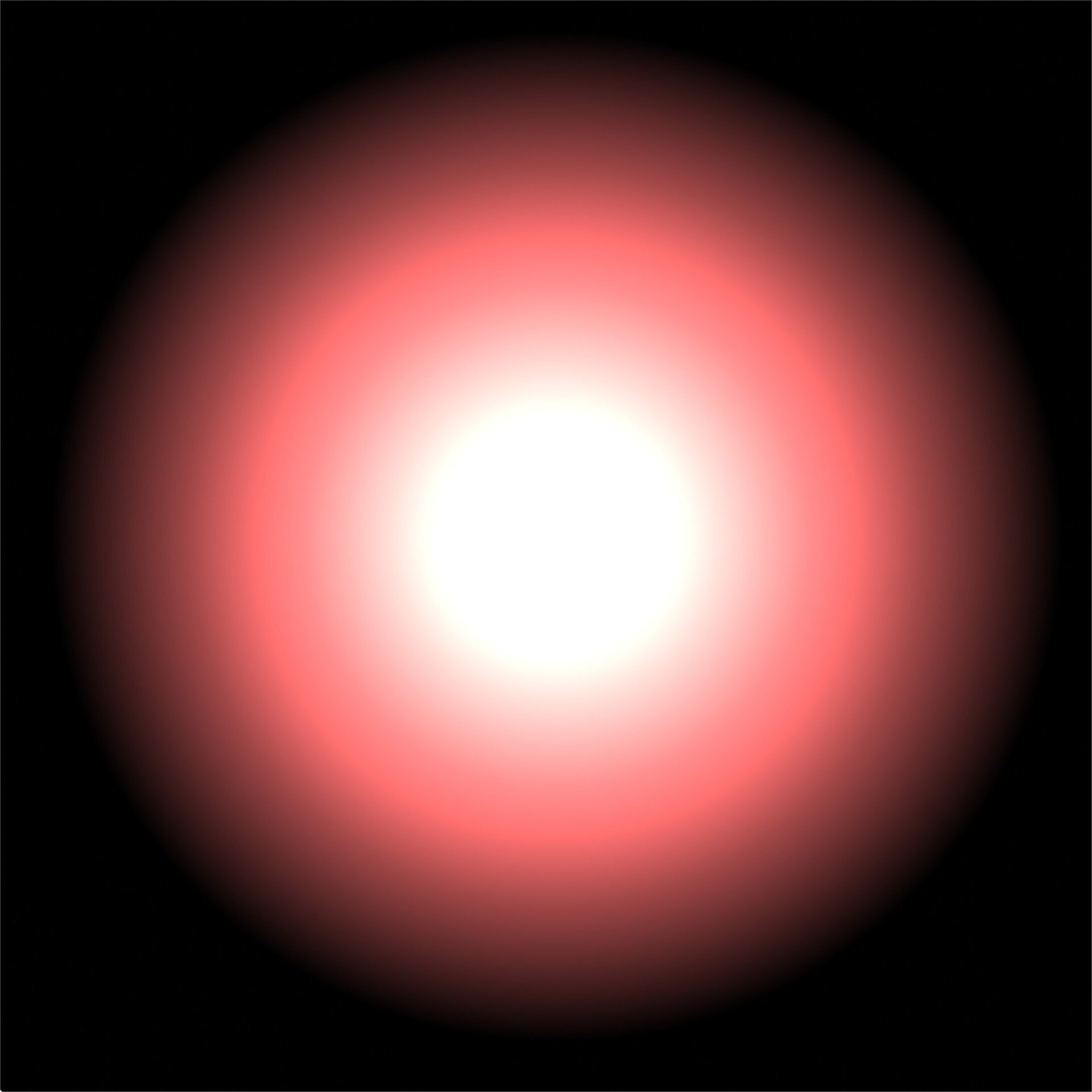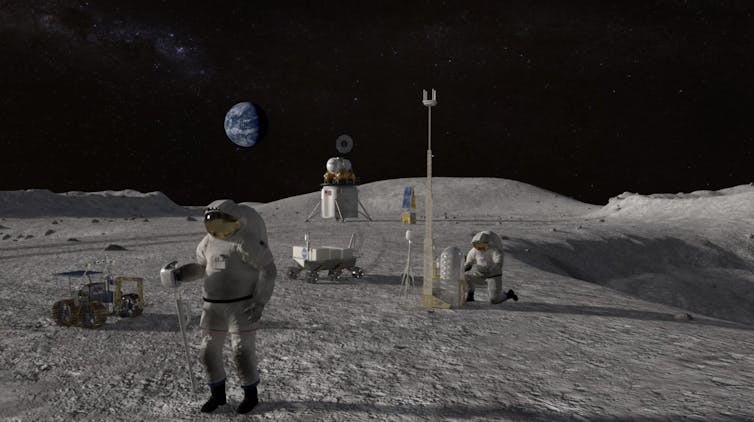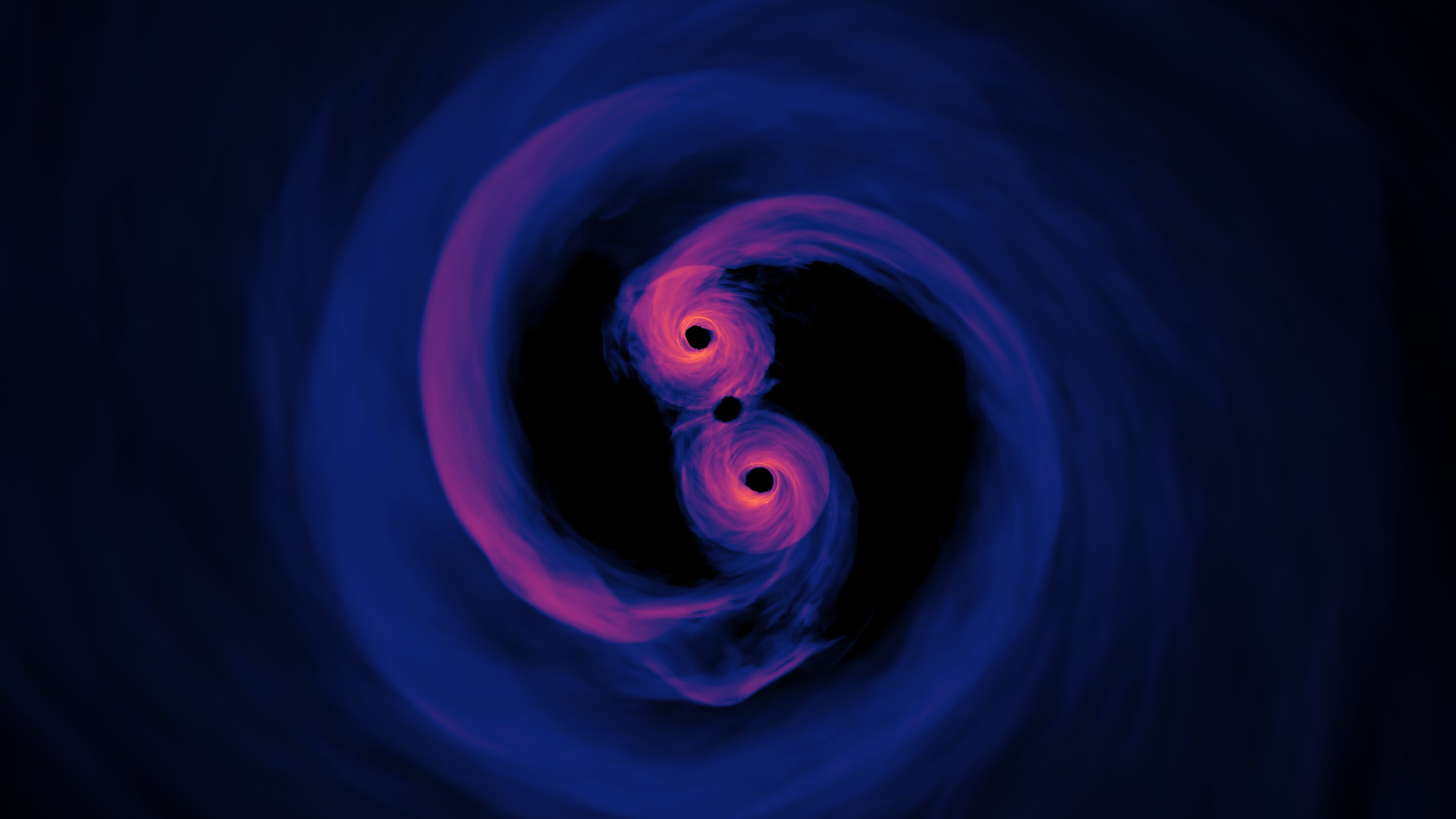
Every clear night for the last three weeks, Bob Stephens has pointed his home telescope at the same two stars in hopes of witnessing one of the most violent events in the universe—a nova explosion a hundred thousand times brighter than the sun.
The eruption, which scientists say could happen any day now, has excited the interest of major observatories worldwide, and it promises to advance our understanding of turbulent binary star systems.
Yet for all the high-tech observational power that NASA and other scientific institutions can muster, astrophysicists are relying on countless amateur astronomers like Stephens to spot the explosion first.
The reason? It’s just too costly to keep their equipment focused on the same subject for months at a ...
Read More








Recent Comments